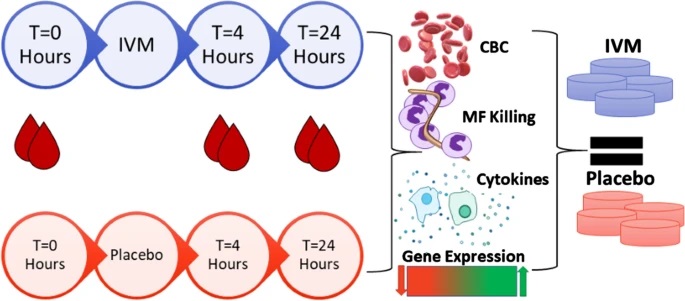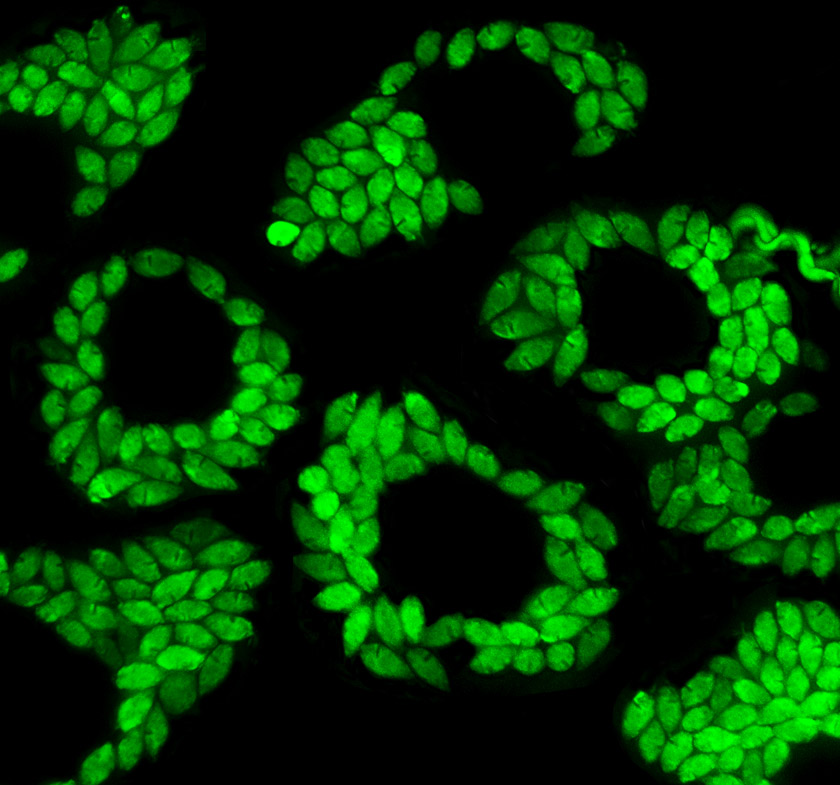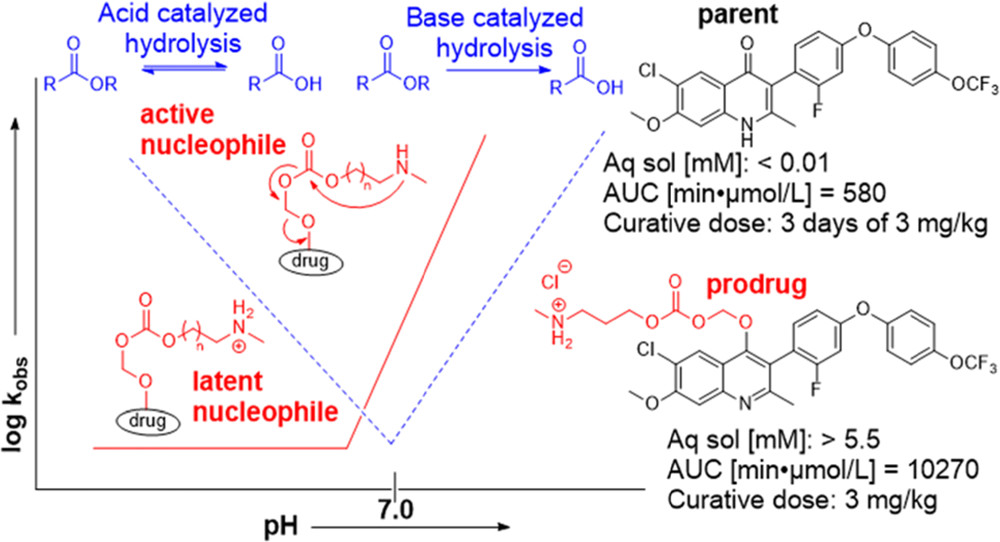Calcium signaling through a Transient Receptor Channel is important for Toxoplasma gondii growth
Transient Receptor Potential (TRP) channels participate in calcium ion (Ca2+) influx and intracellular Ca2+ release. TRP channels have not been studied in Toxoplasma gondii or any other apicomplexan parasite. In this work we characterize TgGT1_310560, a protein predicted to possess a TRP domain (TgTRPPL-2) and determined its role in Ca2+ signaling in T. gondii, the causative agent of toxoplasmosis. TgTRPPL-2 localizes to the plasma membrane and the endoplasmic reticulum (ER) of T. gondii. The ΔTgTRPPL-2 mutant was defective in growth and cytosolic Ca2+ influx from both extracellular and intracellular sources. Heterologous expression of TgTRPPL-2 in HEK-3KO cells allowed its functional characterization. Patching of ER-nuclear membranes demonstrates that TgTRPPL-2 is a non-selective cation channel that conducts Ca2+. Pharmacological blockers of TgTRPPL-2 inhibit Ca2+ influx and parasite growth. This is the first report of an apicomplexan ion channel that conducts Ca2+ and may initiate a Ca2+ signaling cascade that leads to the stimulation of motility, invasion and egress. TgTRPPL-2 is a potential target for combating Toxoplasmosis.
Karla Marie Marquez-Nogueras, Myriam Andrea Hortua Triana, Nathan M Chasen, Ivana Y Kuo, Silvia NJ Moreno. Elife. 2021 Jun 9;10:e63417. doi: 10.7554/eLife.63417.







